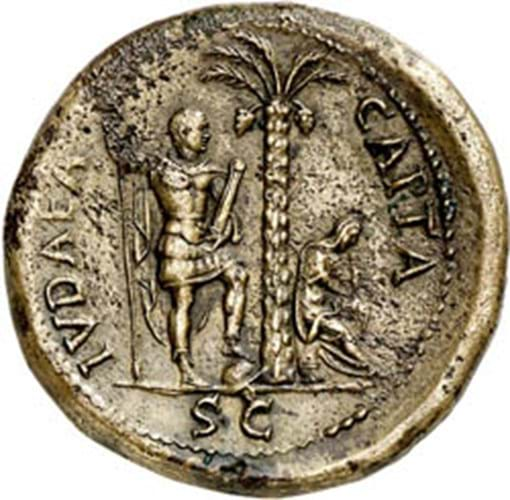
Overall the prices seen in the first week of January, particularly for classical coins, were nothing less than stupendous. There appear to be two reasons for this. A new US law and the emergence of two buyers new to the classical coin world for whom money seemed to be no object.
The statistics for the week are impressive: seven major sales hosted by five houses offering 10,613 lots.
The New York sales tend to focus on coins of the ancient world, although others do feature.
The results as a whole indicate a rise in prices across the board by some margin. It remains to be seen whether this will be sustained. Even if it is not, it seems likely that prices will not revert to the levels of a year or two ago. So, all in all, it is safe to say that the market is very strong even if it is temporarily inflated.
The new US law concerns the "Extension of Import Restrictions Imposed on Archaeological Material Originating in Italy and Representing the Pre-Classical, Classical and Imperial Roman Periods". This means that coins as defined by the regulations are now subject to the same restrictions as antiquities and the law concerning their import to the United States has been extended for a further five years until January 19, 2016.
All of the above means that anyone importing a classical coin emanating from Italy to the US will have to show that it has been outside Italy since before January 19, 2011. This is fairly easy to do at the moment but will become increasingly onerous as time passes. It will also provide temptation to fudge provenances, which is a shame from the perspective of scholarship.
The result of the new law is likely to be that the supply of coins that are legal in the US will remain fixed. If demand rises, prices are likely to follow.
So which coins are affected? As briefly as possible: coins from the earliest Roman times, namely the crude cast bronze pieces from the 4th to 2nd Century BC; struck coins of the Roman Republic and Etruscan cities in gold, silver and bronze from the 3rd Century BC to 211 BC. These include the Romano-Campanian coinage; struck bronze coins of the Roman Republican and early Imperial colonies and municipia of Italy, Sicily and Sardinia from the 3rd Century BC to about AD37; and those of the Greek colonies in southern Italy and Sicily cast or struck in gold, silver or bronze from the late 6th Century BC to about AD200. This last group incorporates some of the most aesthetically appealing and so highly priced coins of the classical period.
This regulation helpfully cites as reference N.K. Rutter et al. (Eds.) Historia Nummorum: Italy - London, 2001. (Obtainable from Spink in London at £70). Less helpfully, this new regulation suggests reference to G.F. Hill, Coins of Ancient Sicily - 1903. I have tried to locate a copy of this last work without success. Spink had a copy priced at £180 in 2005 and the Munzen und Medaillen (Basel) copy was obtained at €110 (then about £77) also in 2005.
So, having dealt with the admin, how about the sales' performance?
Perhaps the most rampant example - I use the word advisedly - of inflationary pressure came on Baldwin's January 5 New York Sale (XXV) with the bronze sestertius of Vespasian celebrating his looting of Jerusalem in AD71. It was the gold captured during this expedition which built the Colosseum in Rome. The reverse legend, JUDEA CAPTA, renders this coin of interest to Jewish collectors who may not otherwise collect coins. The estimate on January 5 was a responsible $2500, but it took £100,000 (£63,700)!





